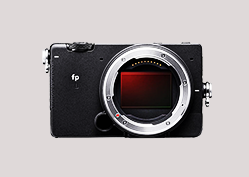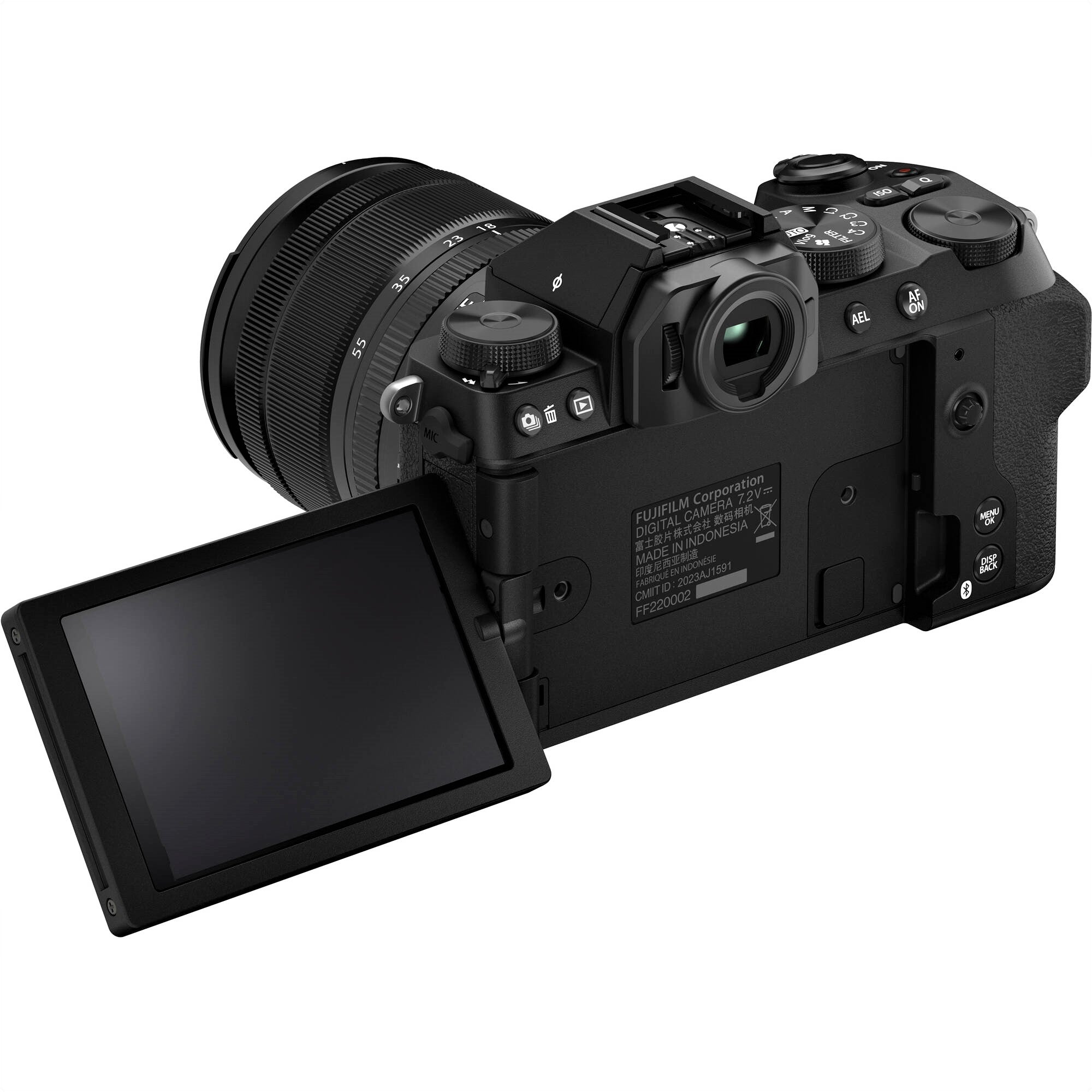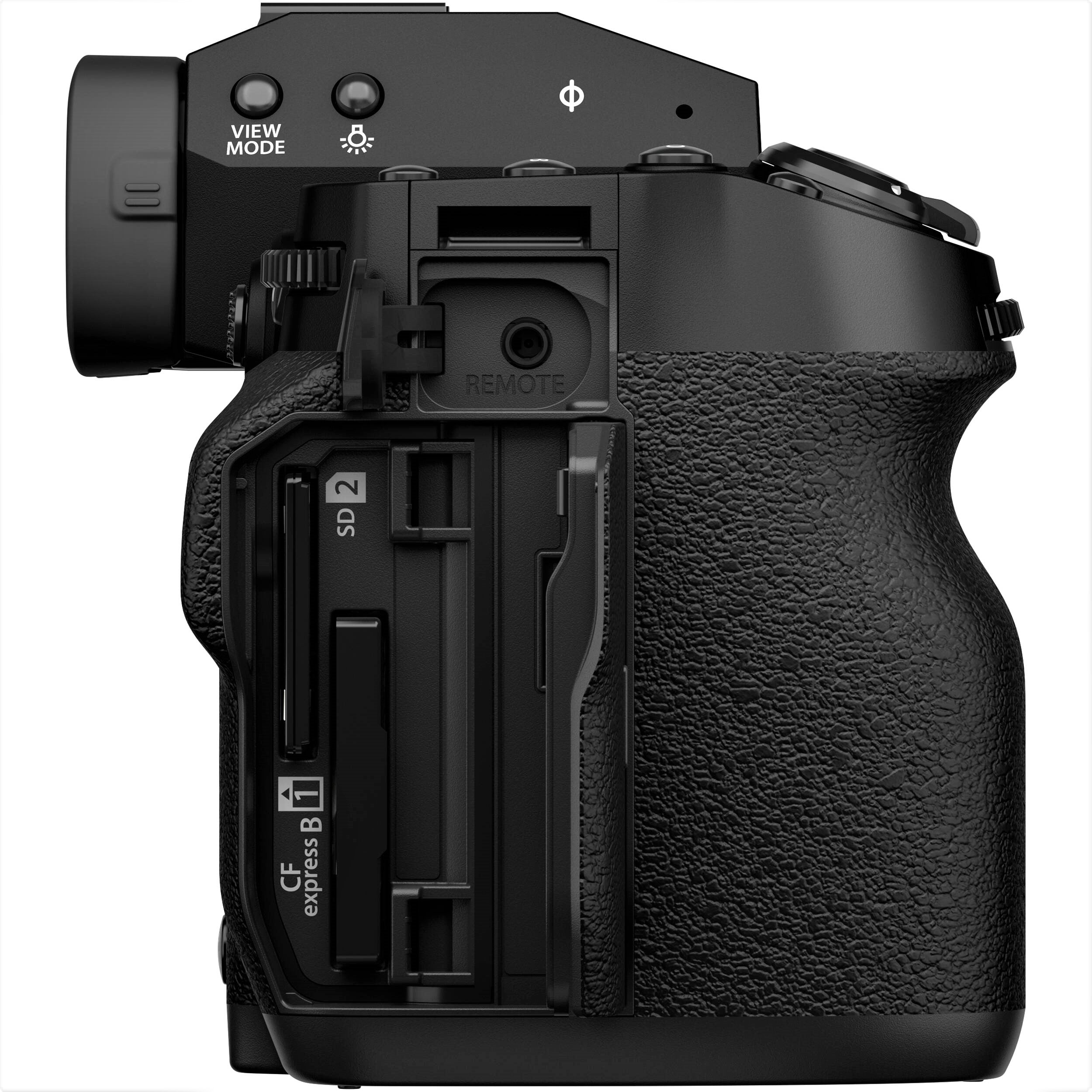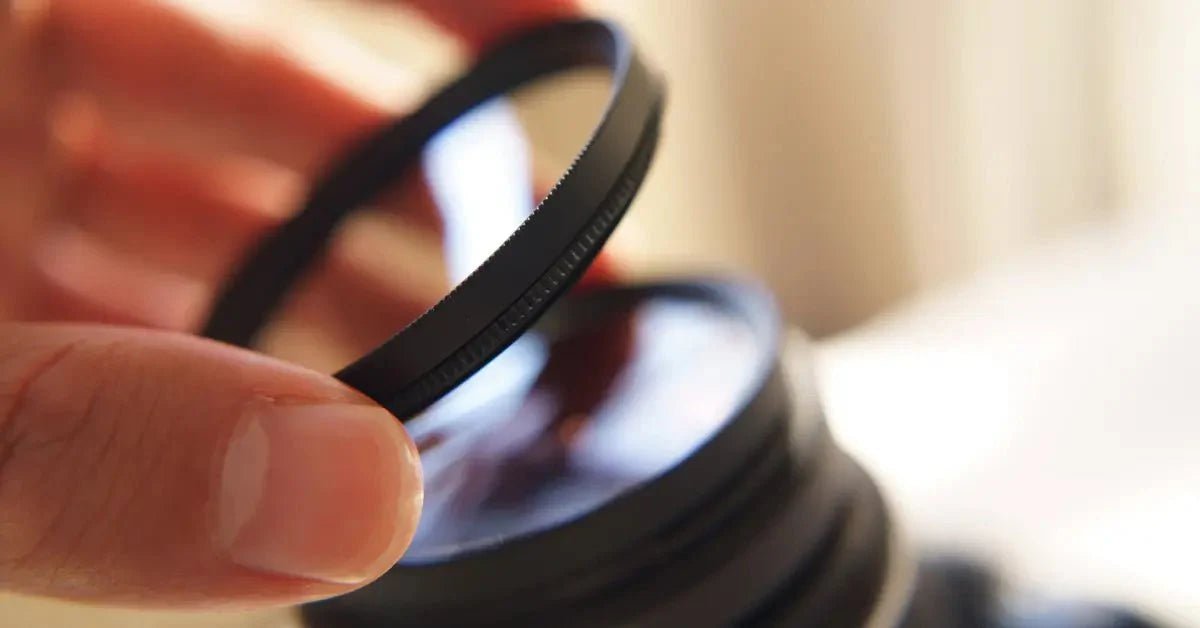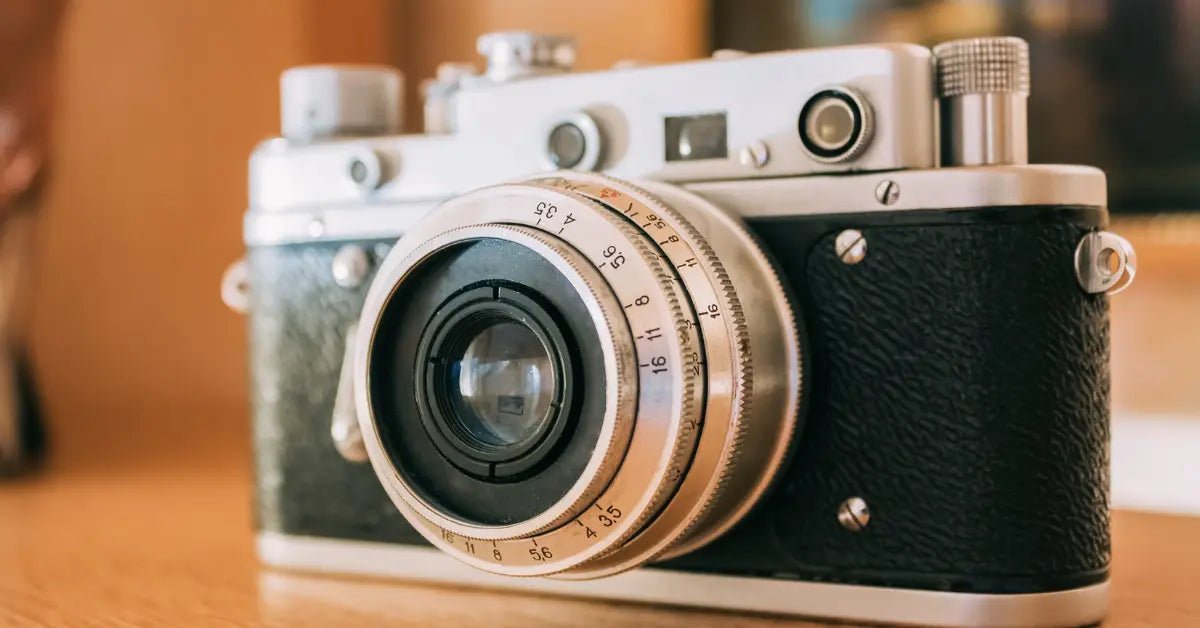Imagine standing on the edge of a vast, breathtaking landscape. Picture the scene: rolling hills stretching to the horizon, nature's artistry at its finest. A bird soars high above, its freedom echoing in the clear sky. Down below, leaves rustle in the wind's soft symphony.
Now, think of binoculars. More than just tools for birdwatchers or nature lovers, they are windows to a vivid world. With binoculars, you see the crisp details of a starlit sky, hidden wildlife, or even the intricate designs of city buildings.
Choosing the right binoculars is tricky. You'll consider magnification—how close you can zoom in on a distant scene. Lens diameter matters too; it determines how much light you gather, important for low-light views. And the prism type—roof or Porro—impacts weight and how wide you can view.
This guide simplifies these specs to help you choose wisely. Whether you're gearing up for your hundredth hike or just starting out, knowing these details ensures your adventures are as vivid as nature itself.
Here we explain not just the specs, but what they mean for your experience, ensuring your binoculars are a perfect match for every adventure.
Let’s get a closer look at what it takes to pick out your ideal binoculars.
What is a Binocular?

Binoculars consist of two telescopes, aligned side-by-side. This setup lets you use both eyes to see far-off things, unlike monoculars which use just one eye and make things look flat. With binoculars, you see the world in 3D, helping you judge how far away things are and where they sit in space.
This feature is great for bird watching, star gazing, and watching sports or plays, as it makes everything look more real and less tiring on your eyes, even if you’re looking for a long time. This is why many outdoor lovers and professionals prefer binoculars.
Key components of binoculars include:
- Objective lenses: These are the larger lenses located at the front of the binoculars. They gather light from the object being viewed, with larger lenses allowing more light, which improves visibility in low-light conditions.
- Eyepieces (ocular lenses): Located at the back, these lenses magnify the image formed by the objective lens.
- Prisms: Binoculars use prisms (typically either roof or Porro prisms) to flip the image right side up and correct its left-right orientation, as the initial image formed by the lenses is inverted.
- Focus mechanism: This allows the user to adjust the sharpness of the image. Most binoculars have a central focusing wheel that adjusts both barrels at the same time, though some models also include individual focus adjustments for each eyepiece.
Choosing binoculars involves two main specs: magnification and lens diameter, shown as "8x42." "8x" means things look eight times closer than with the naked eye, a boon for spotting details in birds or distant game. It's essential for birdwatchers and hunters who need to see fine details from afar.
The "42" stands for the lens diameter in millimeters, crucial for its light-catching power. Bigger lenses pull in more light, which is great for seeing in dim light—perfect for stargazing or watching wildlife at dawn. But, these bigger lenses also make binoculars heavier and bulkier, which might tire you out if you're holding them for a long time.
Binoculars are super useful for lots of hobbies. Birdwatchers get up-close looks at birds far away. Star fans see more in the night sky. Hunters spot animals better across wide or thick areas. And if you’re watching a live event, binoculars help you catch every detail, from facial expressions to quick plays, making you feel closer to the action.
Knowing what the numbers mean helps pick the right binoculars, matching what you plan to do with them to get the best out of every use.
Choosing the Right Magnification and Objective Lens Diameter
Understanding Magnification Power

Choosing the right binoculars transforms your viewing experience, whether you're exploring the wilderness or watching a live concert. Think of magnification power as a camera's zoom, pulling distant scenes closer.
Why pick binoculars with 8x to 10x magnification? They're ideal for numerous outdoor activities. Whether you're hiking, birdwatching, or gazing at a distant waterfall, these binoculars make everything appear eight to ten times closer than the naked eye can see.
Here’s the kicker: 8x to 10x magnifications are beloved because they perfectly blend power with ease of use. You get to see crisp details of far-off objects without lugging around extra gear like a tripod. The magnification is just right to keep the view steady without a shake, even when you’re holding them by hand.
Plus, this magnification range offers a great mix of wide views and sharp detail. It’s easy to track moving subjects and still catch the intricate details, perfect for watching wildlife or enjoying every play at a sports game or note at a concert from a distance.
In short, for a versatile, powerful tool that brings distant sights right to your eyes, binoculars with 8x to 10x magnification are an excellent choice.
Importance of Objective Lens Diameter

When choosing binoculars, think of the objective lenses as big windows letting in light. The bigger they are, the more light they pull in. This is key in low light, like at dawn or dusk. Take 8x42 binoculars, for instance—those 42mm lenses are great for seeing clear, bright images in dim conditions, perfect for spotting wildlife early in the morning or enjoying a colorful sunset.
But there's a trade-off. While big lenses are great for dark settings, they make binoculars heavier and bulkier. This matters if you're out observing for a long time or hiking and need to keep your gear light. It's all about finding the right balance. You want enough lens to see well, but not so much that it's a hassle to carry.
Choose binoculars that won't tire you out and still give you a great view. This way, you can watch comfortably for as long as you like.
Exploring Lens Coatings and Prism Types
Benefits of Lens Coatings

When you're picking out binoculars, one of the key features you should look at is the lens coating. Think of lens coatings as the secret sauce that makes your views through the binoculars way better. These coatings are super important because they cut down on glare and other reflections, which can mess up the clarity of what you're trying to see.
So, what you want to look for are fully multi-coated lenses. This is the gold standard for coatings. Here's the deal: each lens in your binoculars can actually have multiple layers of coating. "Fully multi-coated" means that every single piece of glass in those binoculars has received multiple layers of coating.
And why is this awesome? Because it cranks up the brightness and sharpness of the image like you wouldn’t believe. It drastically reduces the amount of light that gets lost bouncing around inside your binoculars, ensuring that more light hits your eyes directly.
In simpler terms, more light and less reflection mean you get to see clearer, crisper images. Whether you're trying to spot a deer at the edge of a forest at dusk or watching a rare bird through the morning mist, those multi-coated lenses make all the difference. They help make sure what you see is vivid and detailed, not washed out or fuzzy.
So, when you’re checking out binoculars, remember to give a thumbs up to those that boast fully multi-coated lenses. They're your ticket to really stunning views!
Prism Types: Roof vs. Porro
When you're picking out binoculars, you're likely to come across two types: roof prism and Porro prism binoculars. Each has its unique perks and quirks, so it's cool to know what's what.
Roof Prism Binoculars: These guys have a sleek, straight design. Imagine a compact, tube-like shape that's easy to slip into your backpack. They’re super lightweight and won’t weigh you down on a long hike or a quick trip abroad. Their streamlined build is not just about looks—it makes them less likely to snag on branches or your jacket zipper.
Porro Prism Binoculars: These are a bit more old-school in design and look kind of chunky. They're usually heavier and take up a bit more space in your bag. But here’s the kicker: they offer awesome depth perception, making it easier to judge distances and giving a more three-dimensional view. Think about watching a live game or spotting a bird in a tree—you get a real sense of depth with these. Plus, they often come with a smaller price tag, which is great if you’re not looking to splurge.
So, when you're deciding between roof and Porro prism binoculars, think about what’s more important for your adventures: the ease of carrying them around or getting that cool 3D effect without spending a ton of cash.
Choosing Binoculars Based on Your Activity
Wildlife Observation and Birdwatching

For wildlife enthusiasts and birdwatchers, binoculars with a magnification of 8x to 10x are typically preferred. These offer a wide field of view which is crucial for tracking moving animals and observing birds in flight. The objective lens size should be around 42mm to balance light intake and portability.
Sports and Event Viewing

When attending sports events or concerts, a smaller and more compact binocular might be more practical. Look for models with a magnification of around 7x to 10x. These provide sufficient zoom to bring distant action closer without being too bulky or heavy to carry throughout an event.
Astronomy

For stargazing, binoculars with higher magnifications and larger objective lenses (e.g., 10x50 or even 15x70) are ideal. These specs allow more light to enter, providing a clearer view of celestial objects. The larger the lens, the better the performance in low-light conditions.
Travel and General Use

For travelers who need versatile binoculars, compact models with foldable designs are perfect. An 8x25 or 10x25 model offers decent magnification and light intake, while being light enough to throw in a daypack.
Advanced Features and Considerations
Image Stabilization

For those who want to eliminate hand shake or when using higher magnifications, consider binoculars with image stabilization. This technology compensates for movement, making it easier to maintain a steady view, which is especially useful on boats or when viewing from great distances.
Field of View

Field of view (FOV) is the width of the area you can see through your binoculars at a glance. A wider field of view is beneficial for activities like bird watching where you need to spot and track fast-moving subjects. A larger FOV usually accompanies lower magnification binoculars.
Build Quality and Durability

High-quality materials and construction are crucial if your binoculars are regularly exposed to rough conditions. Look for rugged designs that feature rubber armoring for shock absorption and grip. Additionally, the build should prevent dust and debris from entering the binoculars, which can degrade image quality over time.
Additional Features to Consider
Waterproof and Fogproof
If you're planning to use your binoculars in various weather conditions, look for waterproof and fog-proof models. These binoculars are sealed and filled with nitrogen or argon gas to prevent internal fogging—a must-have for any serious outdoor use.
Eye Relief
Eye relief is the distance from the eyepiece at which you can still see the full field of view. If you wear glasses, look for binoculars with longer eye relief (at least 15mm) to ensure you can use them comfortably without removing your glasses.
Making the Right Purchase: Practical Tips
- Give Them a Test Drive: Before buying, physically handle various binocular models to see how they feel in your hands and check how well you can see distant objects. A comfortable grip and clear vision are must-haves, so testing them yourself is like test-driving a car—it ensures you find the perfect match for your needs.
- Scout the Reviews: Look into user reviews to uncover real-world performance insights. From handling harsh weather to everyday wear and tear, these reviews can reveal how the binoculars stand up to real challenges and can help you avoid pitfalls that specs alone won't show.
- Plan Your Budget Wisely: View your purchase as an investment in countless future adventures. While it’s important to stick to a budget, consider paying a bit more for higher quality that enhances your experiences and lasts longer, rather than saving a few bucks now but compromising on quality and durability.
Nuzira offers a range of high-quality binoculars suited for different activities:
Nuzira offers a range of high-quality binoculars suited for different activities:
- Fujinon 14x40 TSX1440 Techno-Stabi Image-Stabilized Binoculars: These binoculars feature 14x magnification for powerful long-distance viewing and advanced image stabilization for steady images.
- Fujinon 16x70 FMT-SX Polaris Binoculars: Designed for exceptional light-gathering capability, these binoculars provide bright and crisp images, making them ideal for low-light conditions.
- Fujinon 7x50 FMTRC-SX Polaris Binoculars: Known for their rugged durability and excellent low-light performance, these binoculars are perfect for use during dawn and dusk.
- Fujinon Mariner Binoculars: These binoculars are waterproof, fogproof, and floatable, making them perfect for marine environments.
- Fujinon Hyper Clarity Binoculars: Featuring superior optics with multi-coating and ED Lanthanum glass, these binoculars deliver clear images and are weatherproof.
- Fujinon 25x150 MT-SX Binoculars: With 25x magnification and superior light gathering capabilities, these binoculars are exceptional for night use.
- Fujinon 15x80-MT Weather Resistant Porro Prism Binoculars: These binoculars offer high magnification, large objective lenses, and extreme weather resistance, making them ideal for distant observations.
- Fujinon Techno-Stabi Waterproof Image-Stabilized Binoculars: Compact and lightweight, these binoculars provide image stabilization and are waterproof.
- Fujinon Stabiscope Binoculars: Equipped with gyro-stabilized optics, these binoculars deliver extremely stable images and exceptional image quality.
- Fujinon 10x70 FMT-SX Polaris Binoculars: These binoculars offer exceptional brightness and clarity, making them great for low-light conditions and built for durability.
- Fujinon 10x50 FMTR-SX Polaris Binoculars: Known for their exceptional light transmission and superior image quality, these binoculars are durable, waterproof, and comfortable for extended use.
Conclusion
Choosing the right binoculars involves understanding your specific needs and the environments in which you'll use them. From magnification and lens quality to comfort and durability, every detail matters in enhancing your viewing experience. Remember, the best binoculars are the ones that fit both your eyes and your lifestyle perfectly.
For more insights and recommendations on the best binoculars for every activity, visit our website. Explore our detailed reviews and guides to find your perfect match and start seeing the world in greater detail today!
Ready to bring the world closer and see it like never before?
Visit Nuzira for expert reviews and tips on selecting the best binoculars for your adventures.

